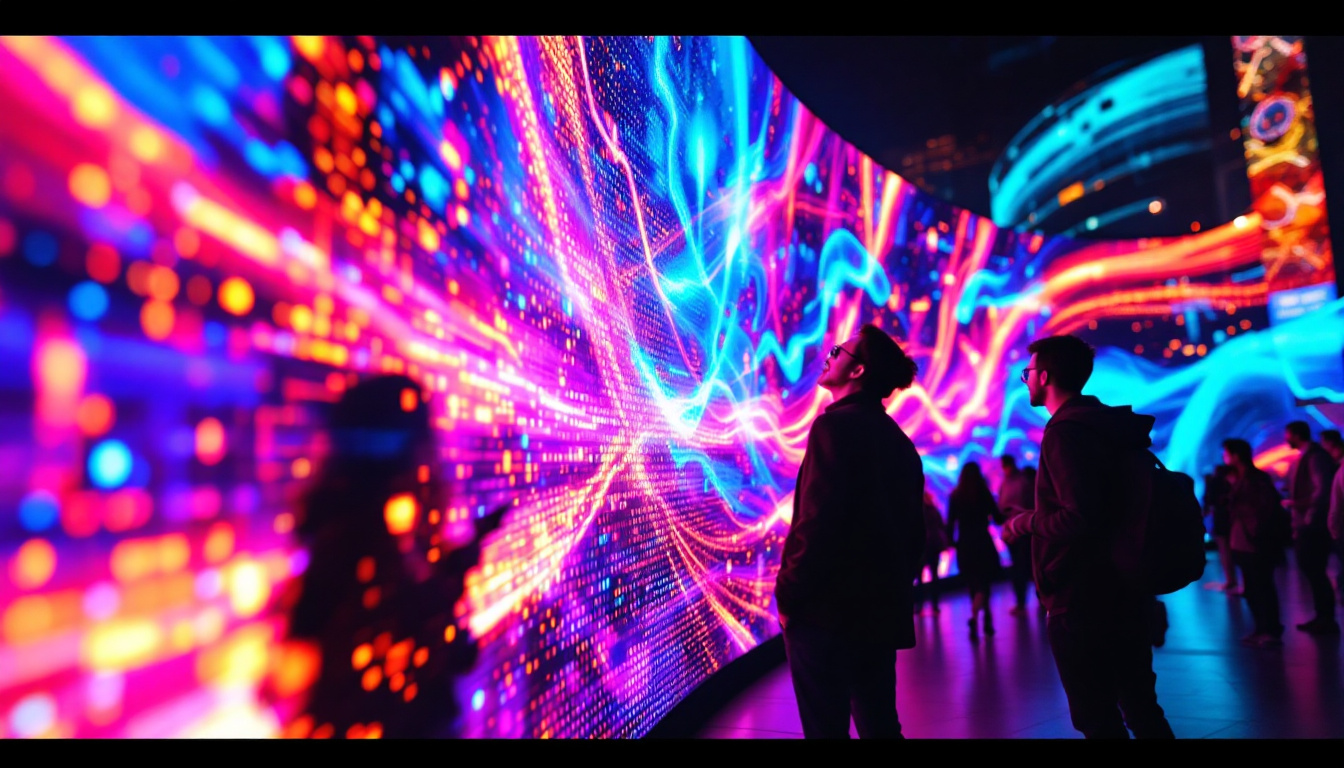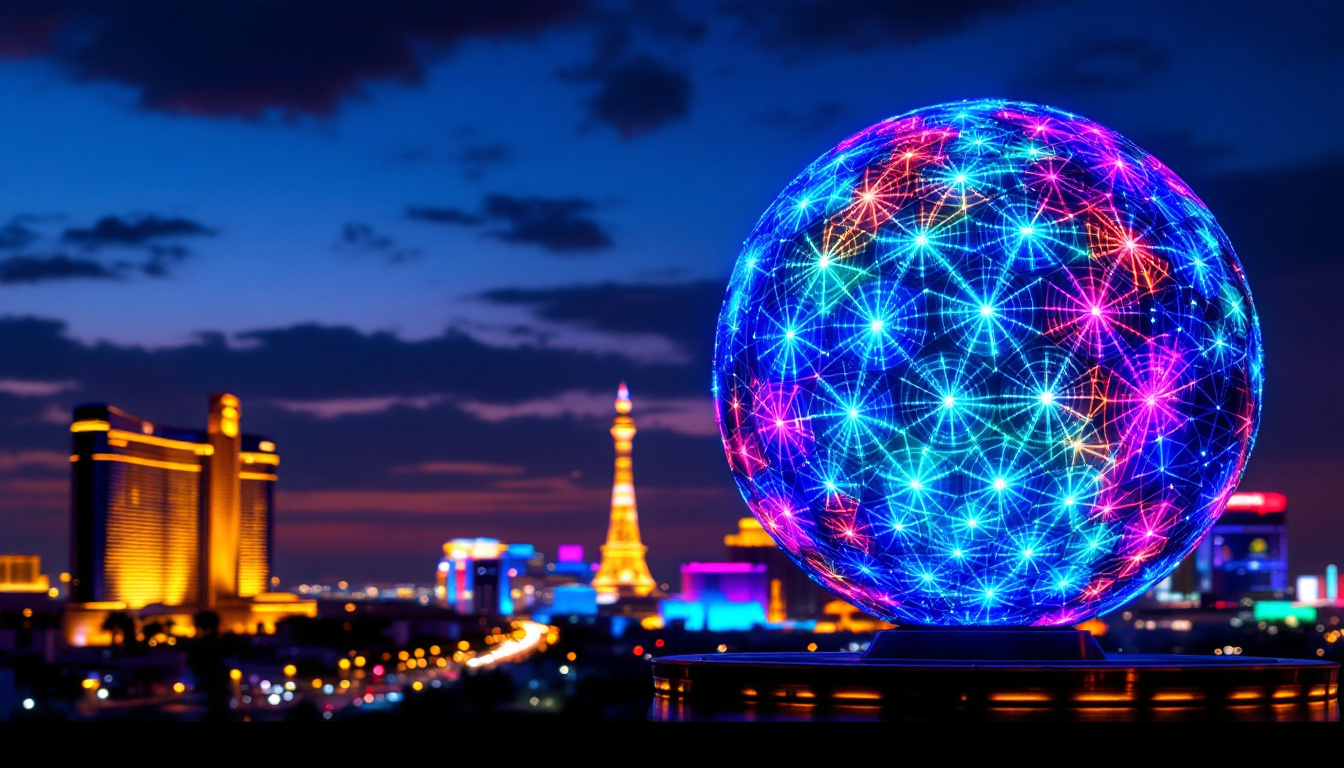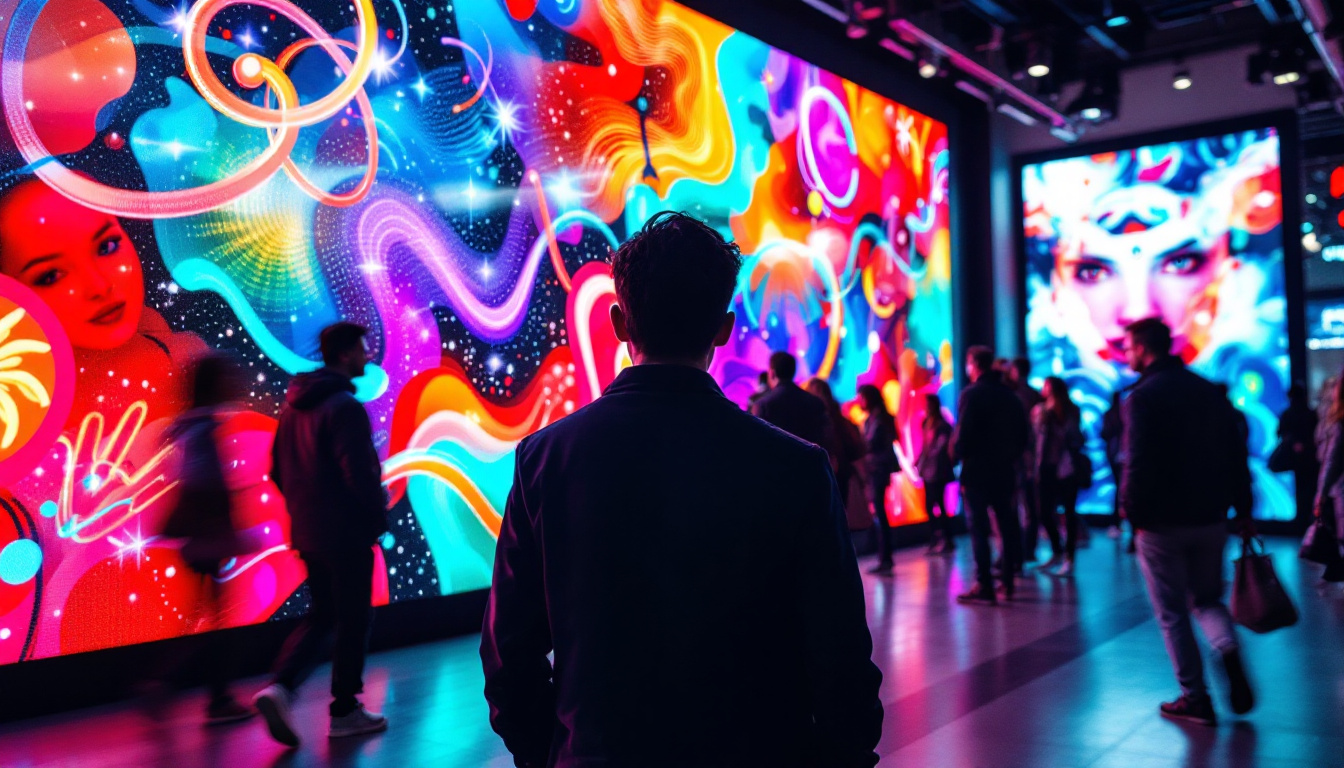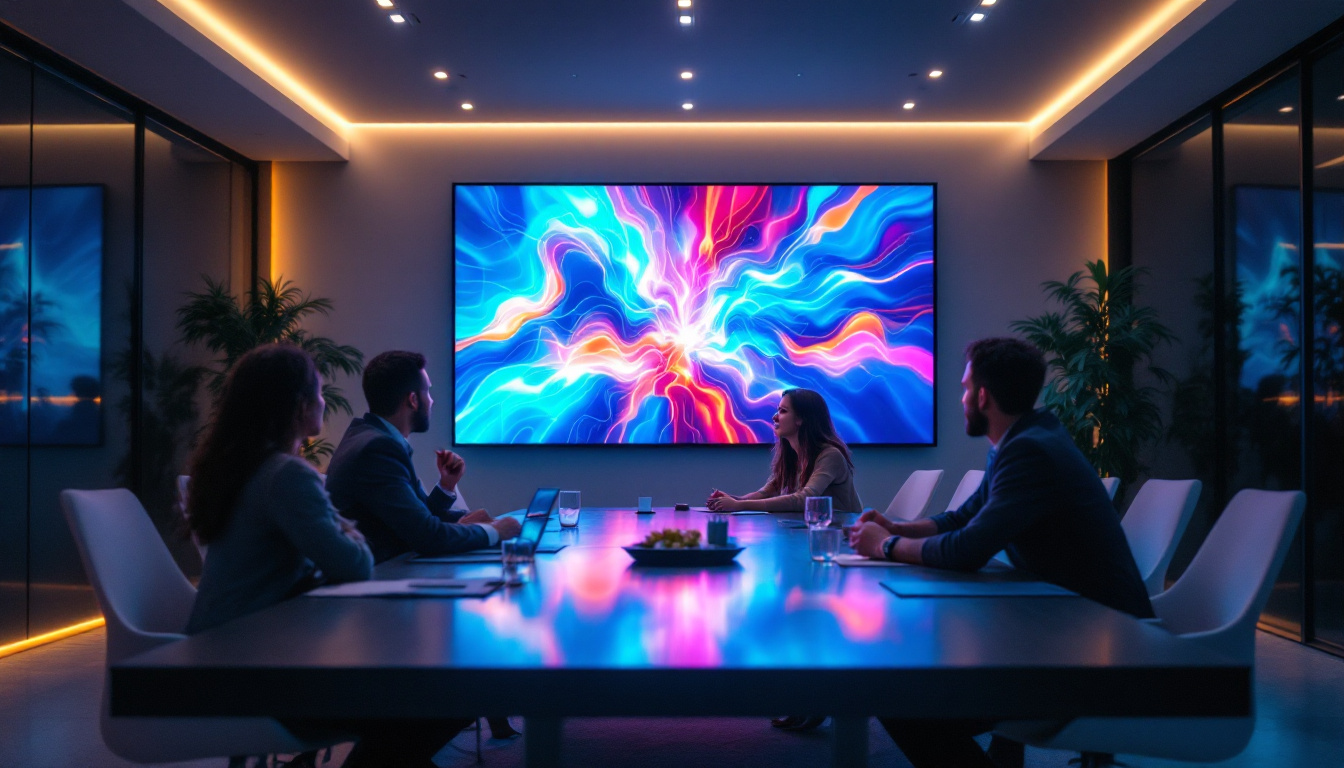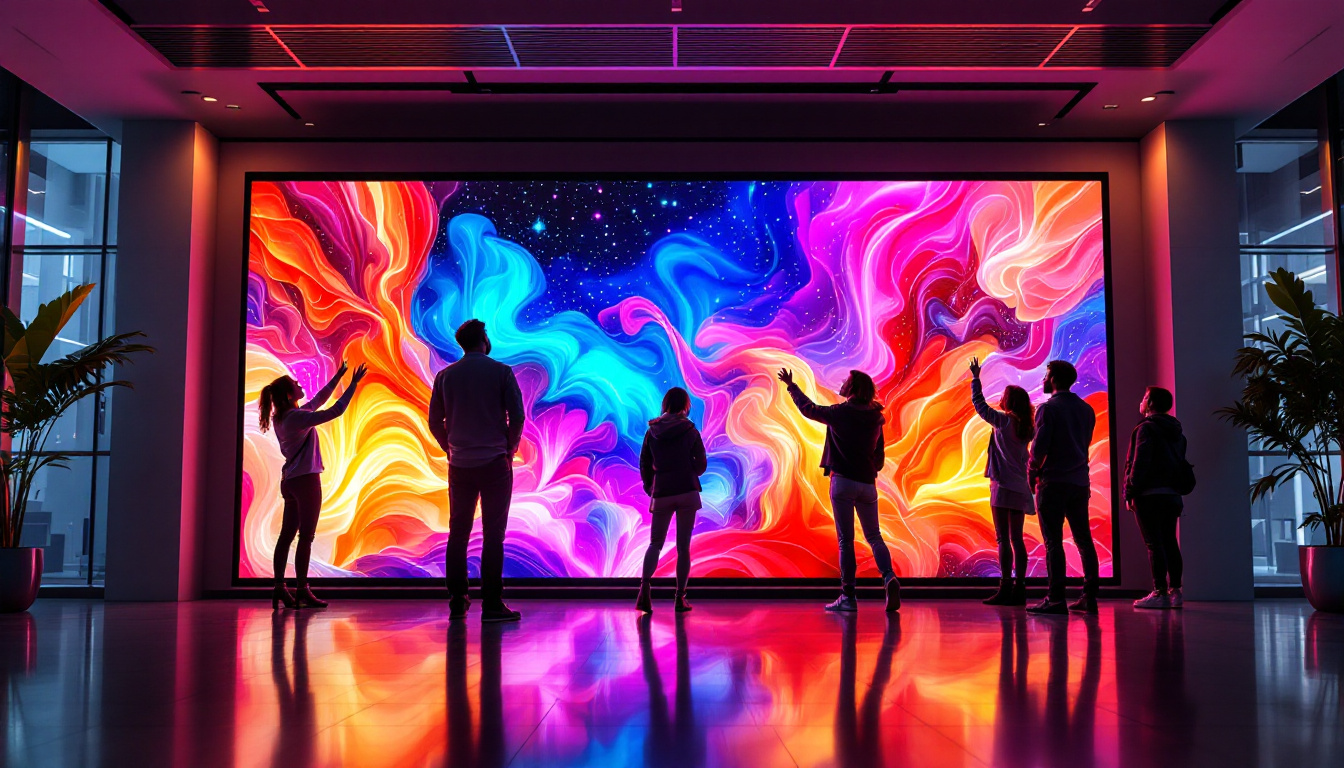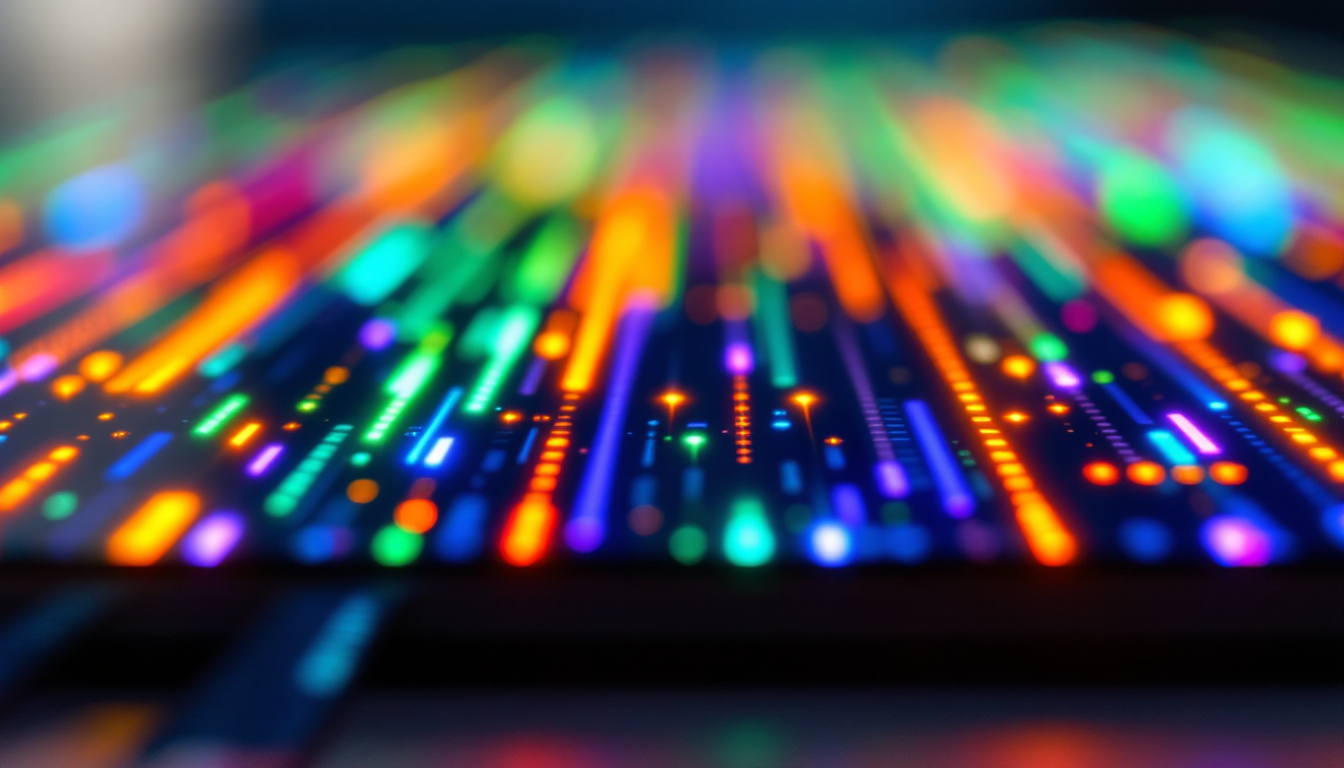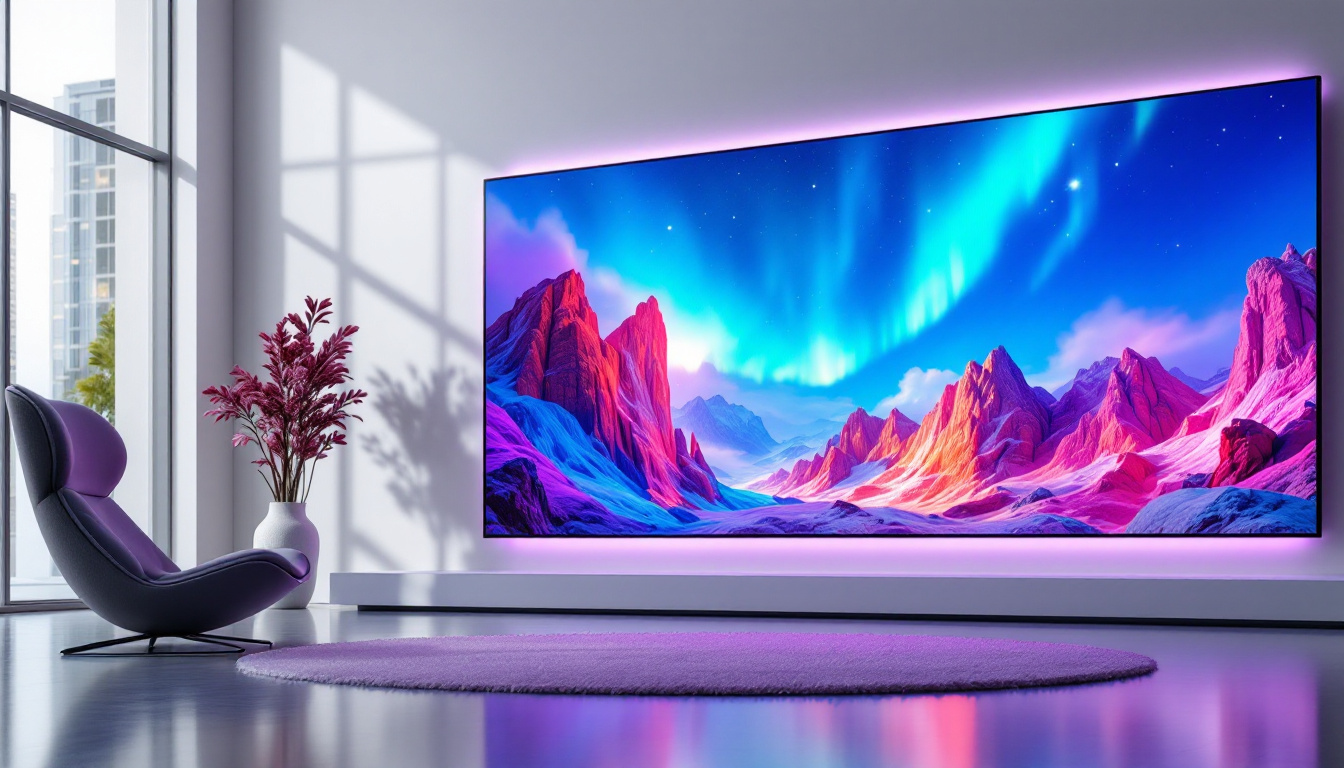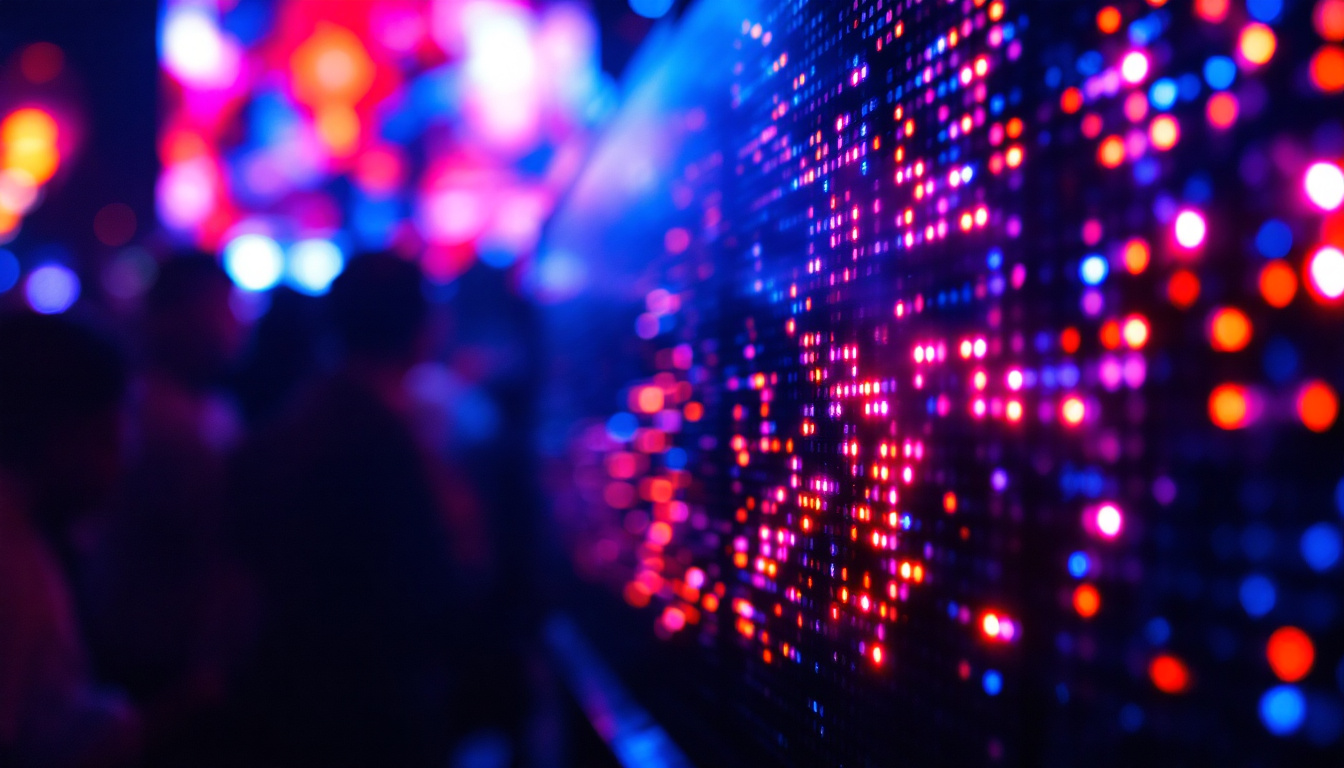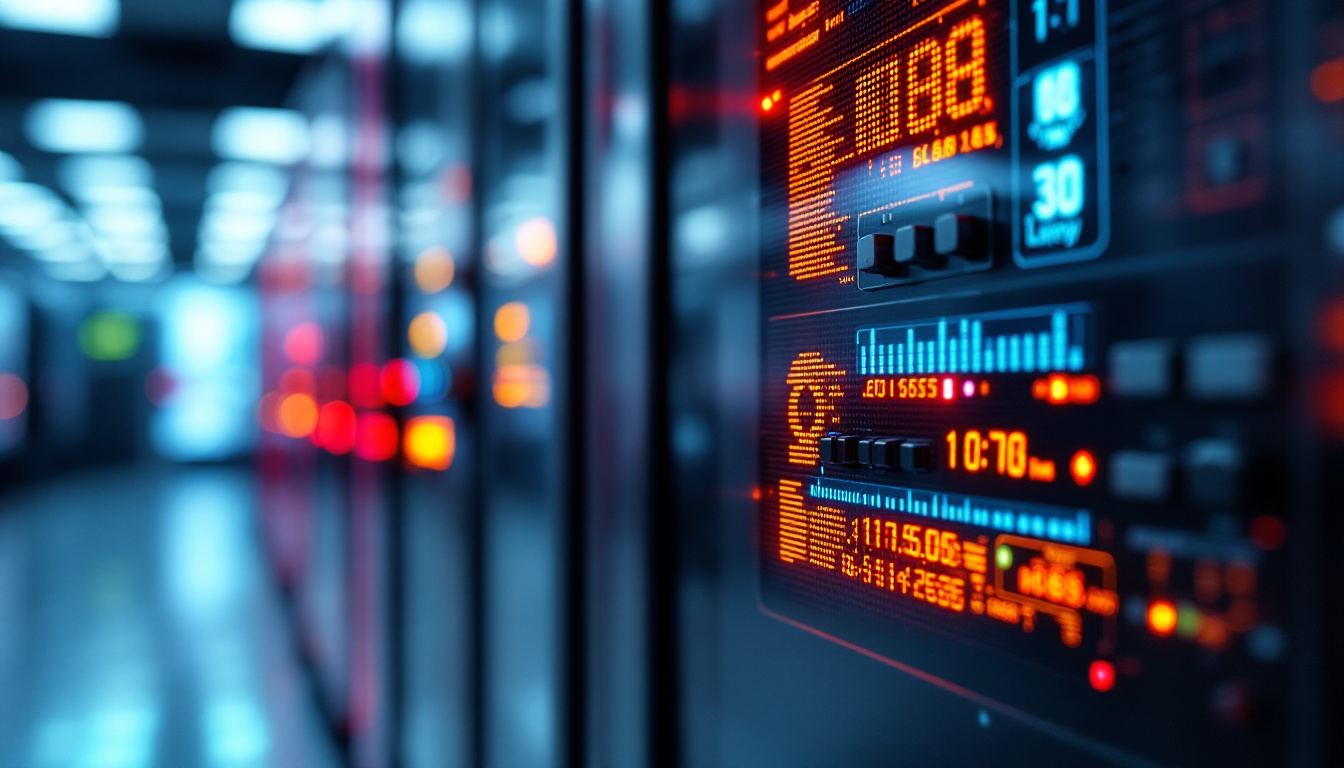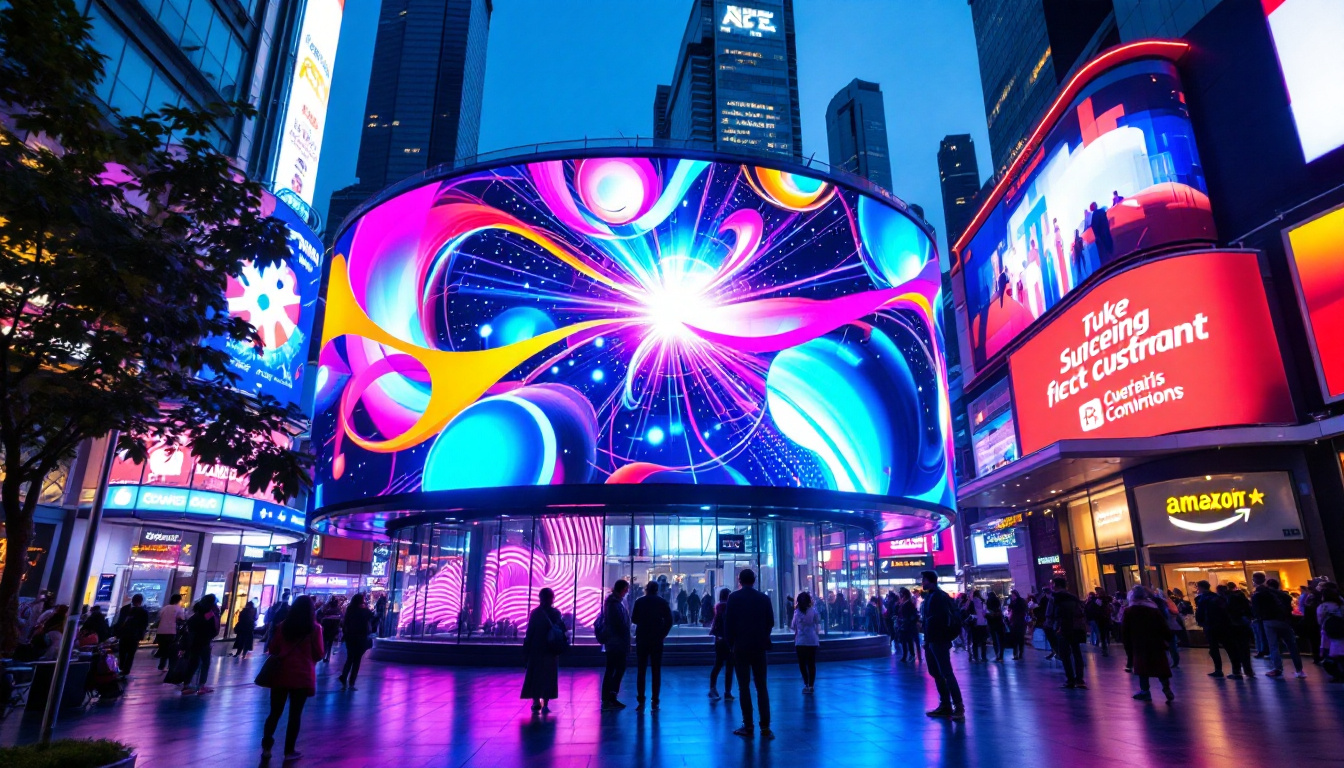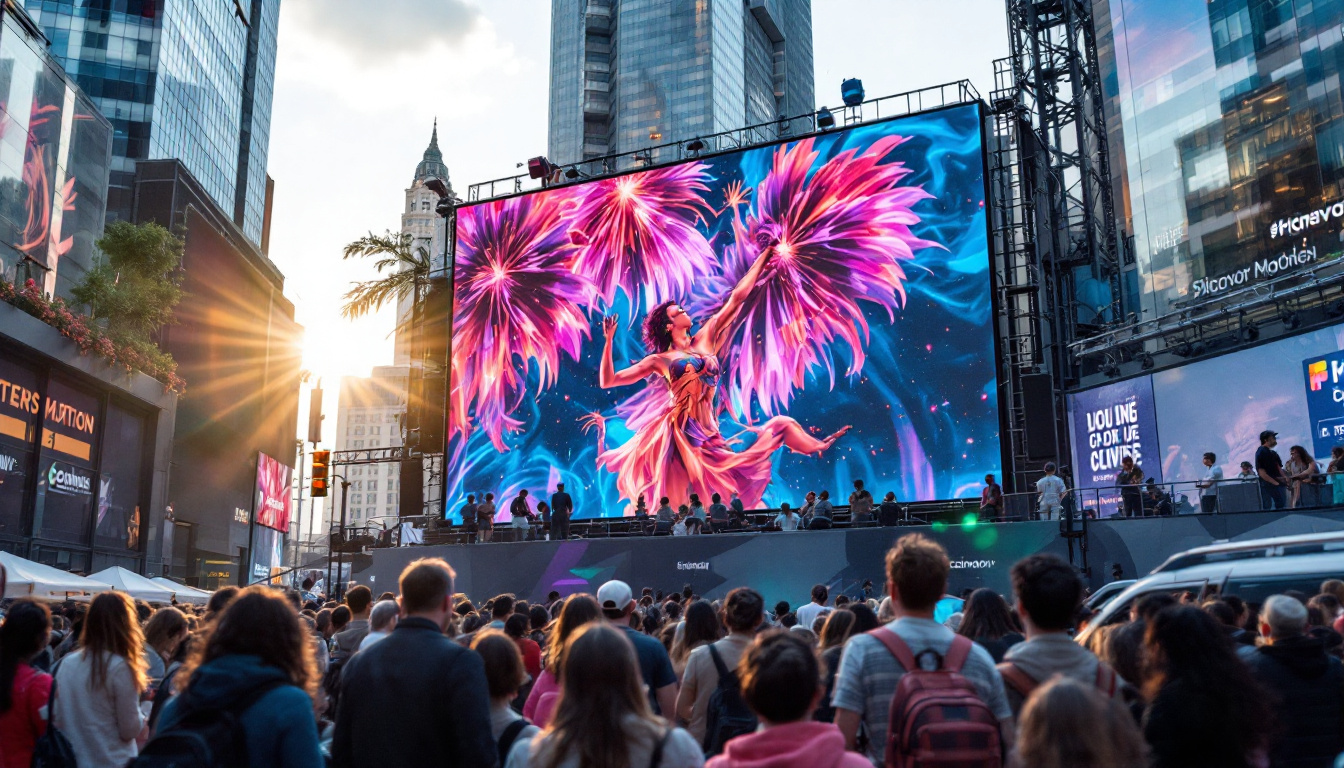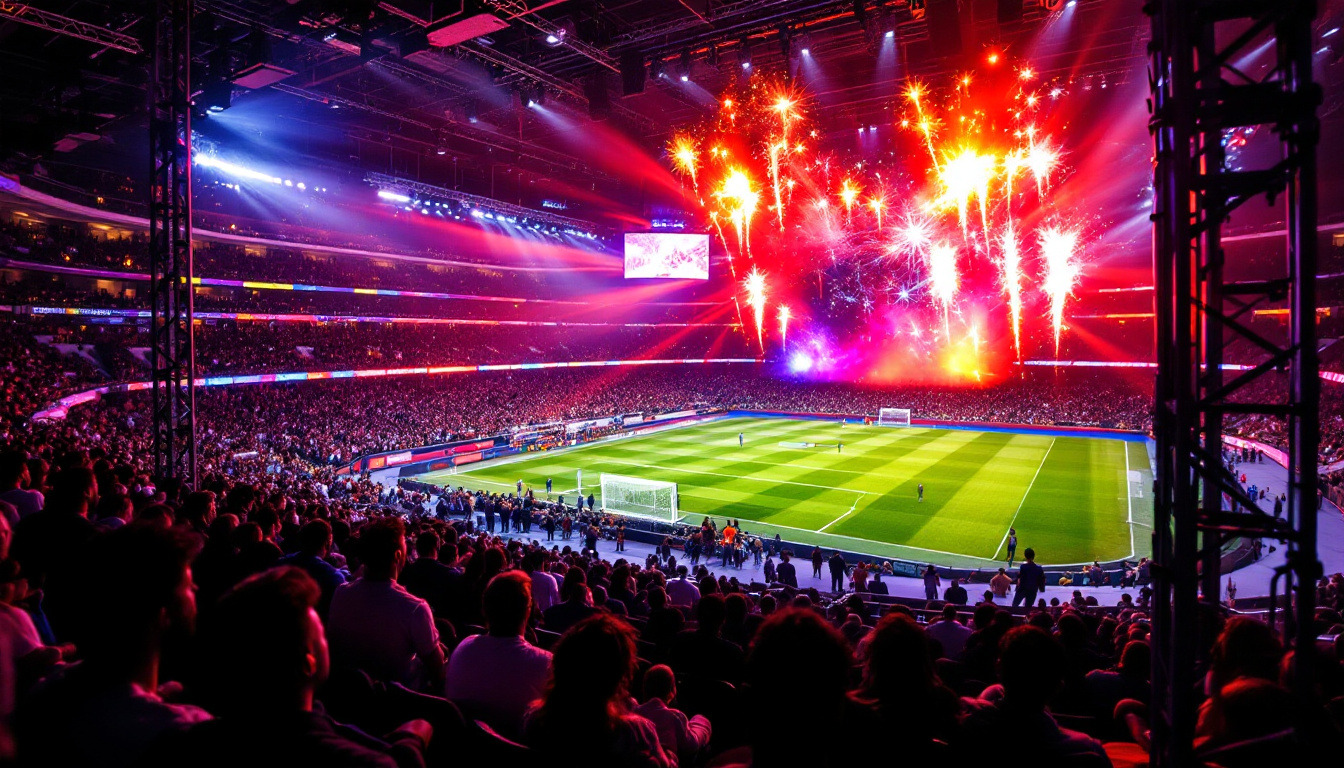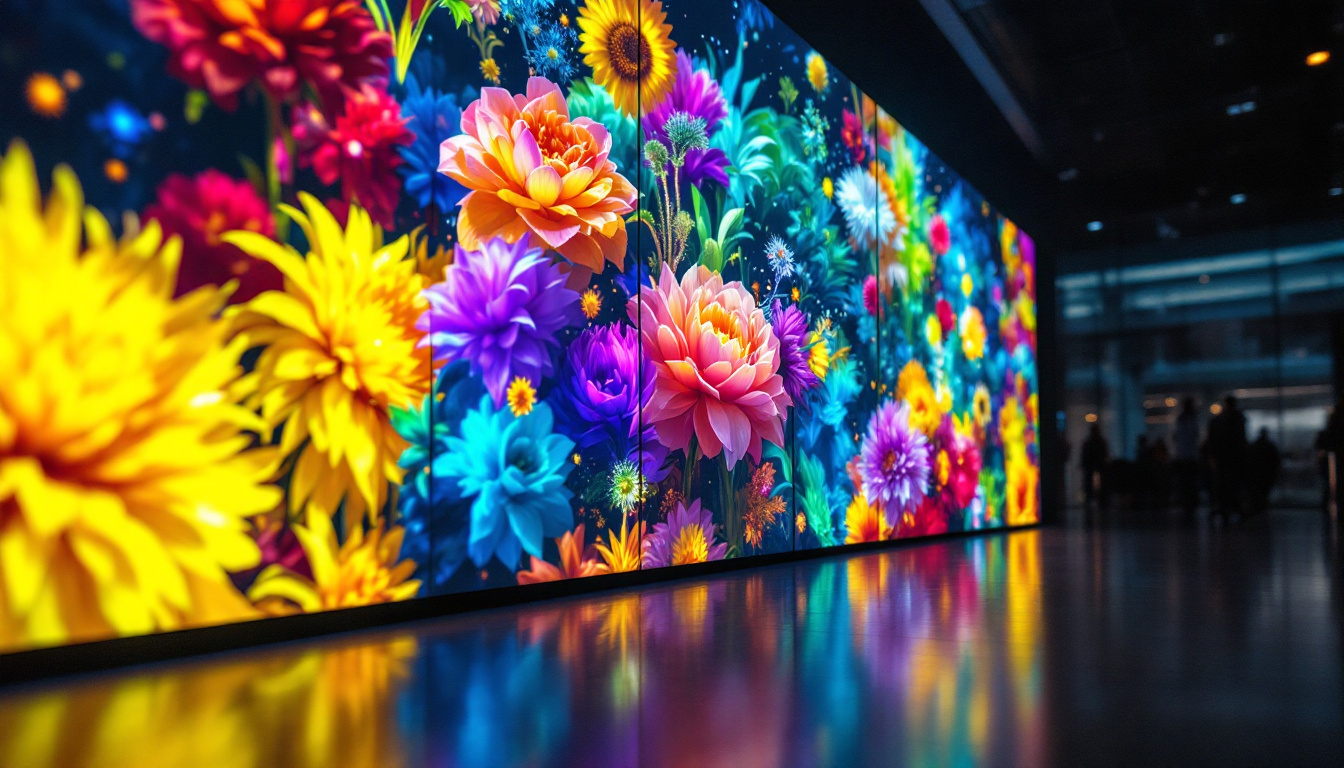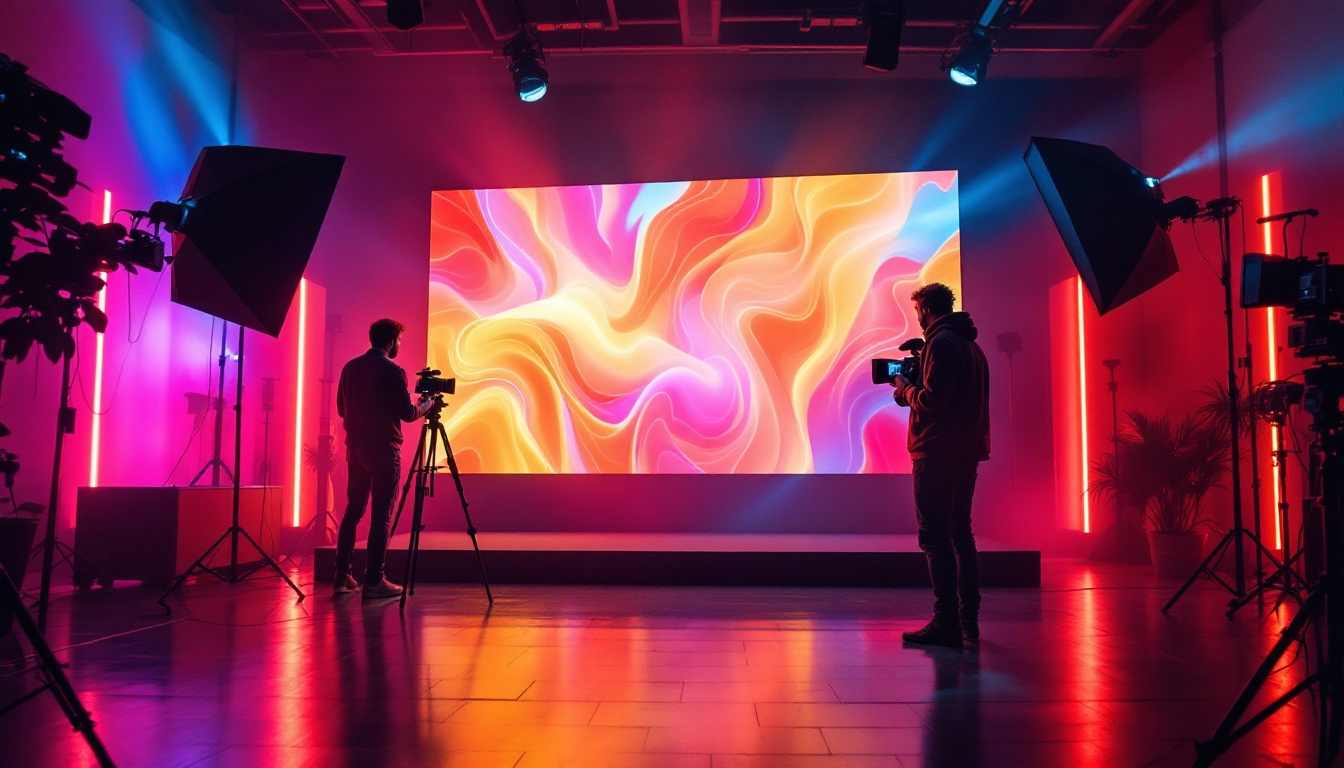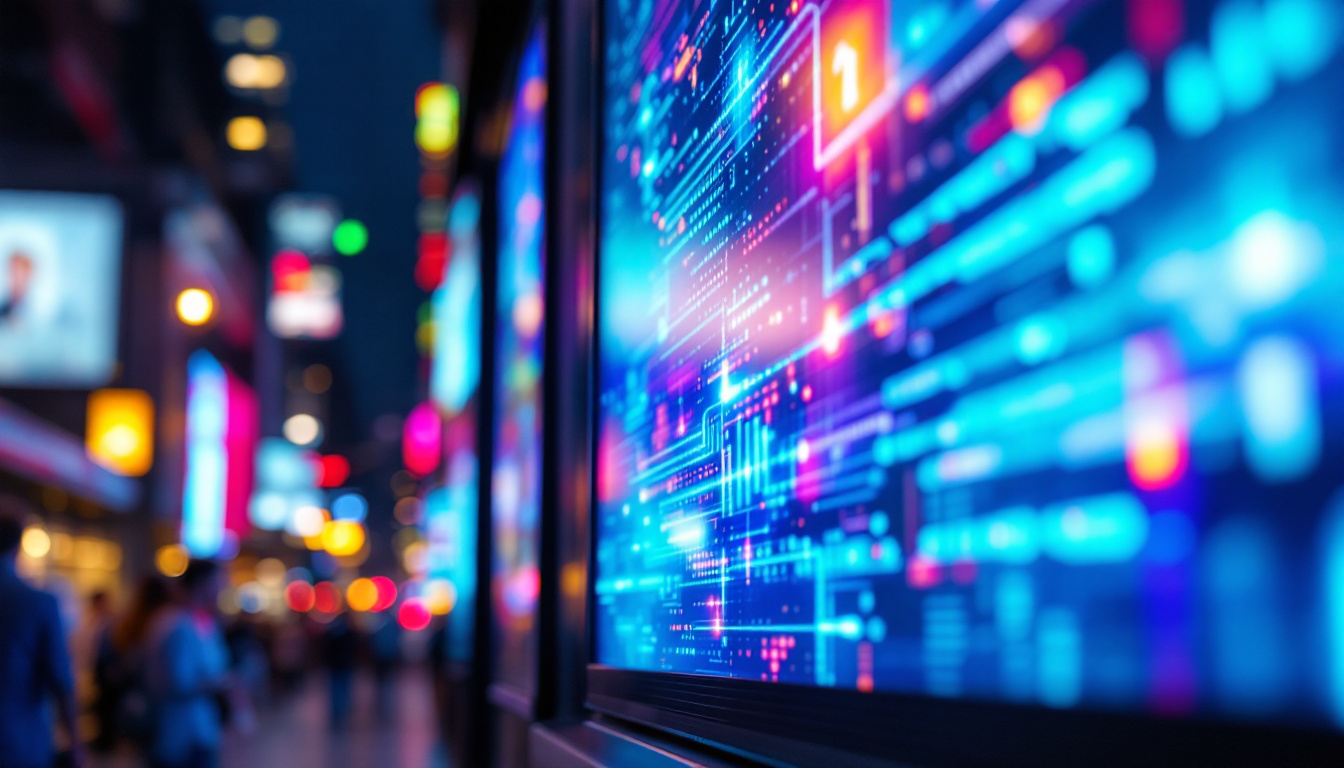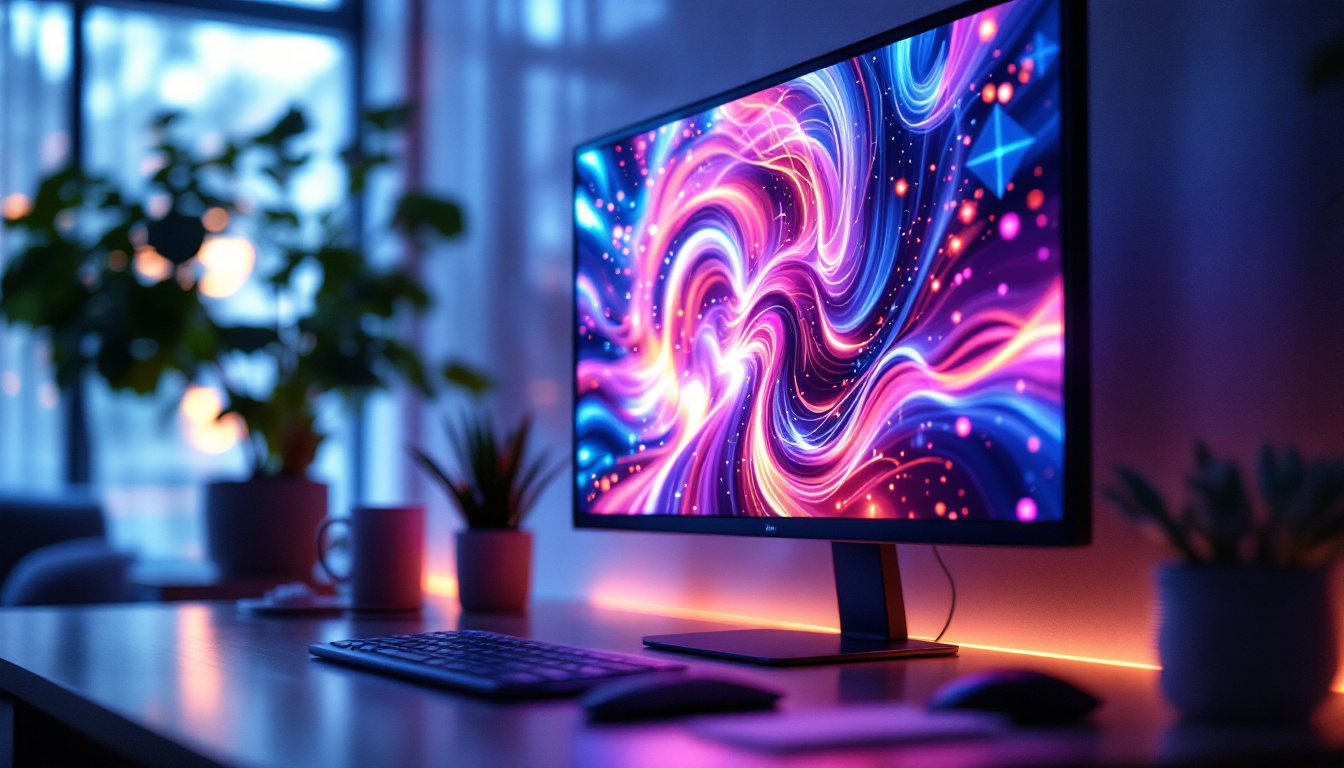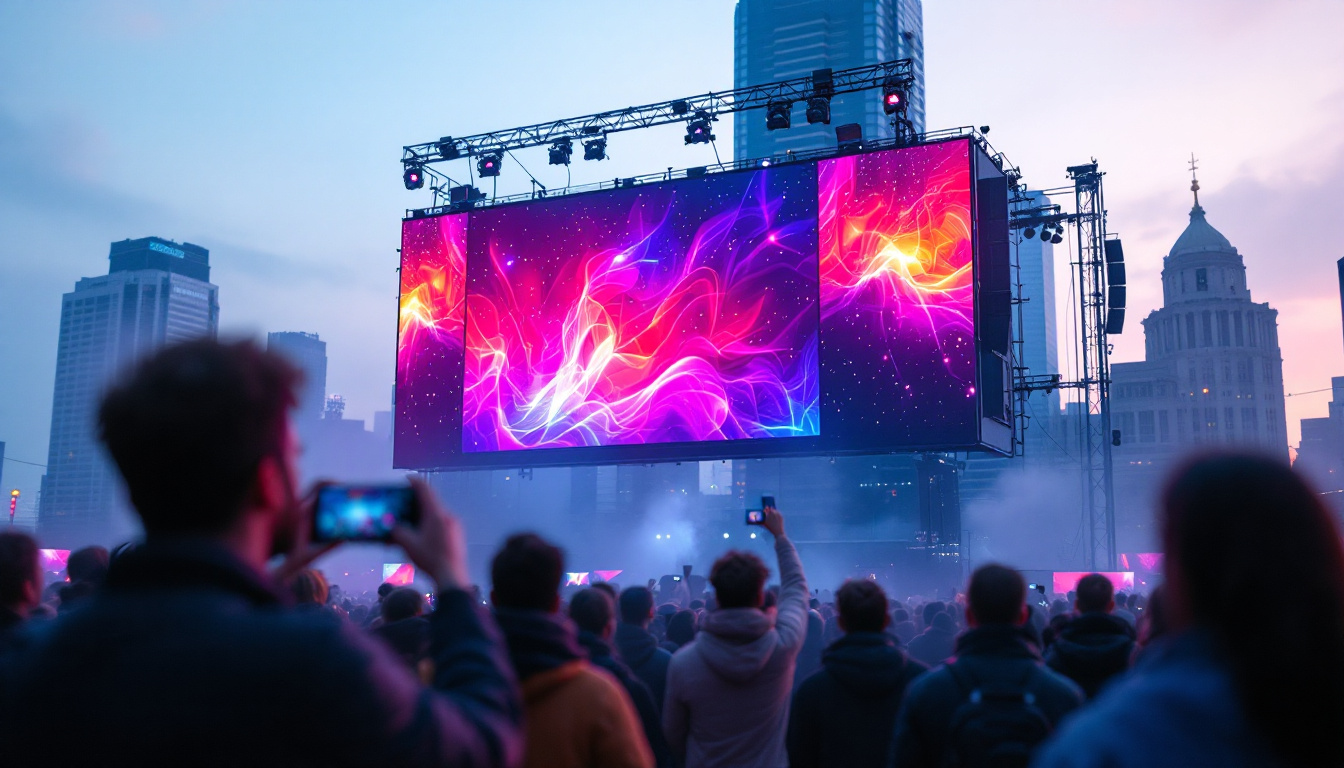In today’s fast-paced digital world, LED displays have become ubiquitous, serving various purposes from advertising to information dissemination. Understanding how these displays work, their advantages, and their applications can provide valuable insights into their growing popularity. This article delves into the intricacies of LED displays, exploring their technology, benefits, and future trends.
What is an LED Display?
An LED display is a flat panel display that uses light-emitting diodes (LEDs) as its primary source of illumination. Unlike traditional displays that rely on liquid crystals or cathode ray tubes, LED displays utilize semiconductor technology to emit light directly. This results in brighter images, lower power consumption, and a thinner profile. The versatility of LED displays has made them increasingly popular across various industries, from advertising to entertainment, and even in everyday consumer electronics.
Types of LED Displays
LED displays can be categorized into various types based on their configuration and application. The most common types include:
- Direct View LED Displays: These displays consist of individual LEDs arranged in a grid, creating images by lighting up specific pixels. They are often used in large outdoor billboards and stadium screens, where their high brightness and visibility in sunlight make them ideal for capturing attention.
- LED Backlit LCD Displays: These displays use LEDs to illuminate an LCD panel from behind, enhancing brightness and contrast. They are commonly found in televisions and computer monitors, providing a more vivid viewing experience compared to traditional fluorescent backlighting.
- Organic LED (OLED) Displays: OLED technology uses organic compounds that emit light when an electric current is applied. They offer superior color accuracy and contrast, making them popular in high-end televisions and smartphones. The flexibility of OLEDs also allows for innovative designs, such as curved and bendable screens.
How LED Displays Work
At the core of an LED display are the light-emitting diodes. Each diode emits light when an electric current passes through it. In a typical display, thousands of these diodes are arranged in a grid format, where each diode corresponds to a pixel on the screen. The intensity of the light emitted by each diode can be controlled, allowing for the creation of a wide range of colors and images.
When an image is displayed, the electronic circuitry of the display determines which diodes to activate and to what intensity. This process occurs rapidly, allowing for smooth motion and vibrant visuals. Additionally, advancements in technology have led to improved color reproduction and energy efficiency, making LED displays a preferred choice in many applications. The integration of smart technology has also allowed for features such as adaptive brightness, which adjusts the display’s output based on ambient light conditions, further enhancing the viewing experience.
Moreover, LED displays are increasingly being utilized in innovative ways beyond conventional screens. For instance, they are being integrated into architectural designs, creating dynamic facades that can change appearance with different lighting effects. This trend is particularly evident in urban environments, where buildings adorned with LED displays can transform into canvases for art and advertising, captivating passersby and enhancing the cityscape. As technology continues to evolve, the potential applications for LED displays seem limitless, paving the way for a more visually engaging future.
Advantages of LED Displays
The rise in popularity of LED displays can be attributed to several key advantages that set them apart from traditional display technologies.
Energy Efficiency
One of the most significant benefits of LED displays is their energy efficiency. Compared to older technologies, such as cathode ray tubes (CRTs) and fluorescent displays, LEDs consume significantly less power. This not only reduces electricity costs but also contributes to a lower carbon footprint, making them an environmentally friendly option. Furthermore, the reduced energy consumption of LED displays translates into less heat generation, which can lead to lower cooling costs in commercial settings, enhancing overall operational efficiency.
Brightness and Visibility
LED displays are known for their exceptional brightness levels. They can produce vivid colors and clear images even in direct sunlight, making them ideal for outdoor advertising and public displays. This high visibility ensures that information is easily accessible to a broad audience, regardless of lighting conditions. Moreover, advancements in LED technology have led to improved contrast ratios and color accuracy, allowing for more engaging and dynamic content that captures the attention of viewers. This capability is particularly beneficial in settings such as concerts, sporting events, and trade shows where visual impact is crucial.
Longevity and Durability
Another advantage of LED technology is its longevity. LED displays can last up to 100,000 hours or more, significantly outpacing traditional display technologies. Additionally, they are more resistant to shock and vibration, making them suitable for various environments, including outdoor settings and high-traffic areas. The robust construction of LED displays also means they are less prone to burn-in effects and image retention, which can plague older display types. This durability not only reduces maintenance costs but also ensures that the displays maintain their performance and visual quality over time, providing a reliable solution for businesses and organizations.
Versatility in Applications
LED displays are incredibly versatile, finding applications in a wide range of industries and settings. From large-scale billboards and digital signage in retail environments to indoor screens for events and conferences, the adaptability of LED technology allows for creative and innovative uses. Additionally, LED displays can be configured in various shapes and sizes, enabling unique installations that can enhance architectural designs or create immersive experiences in theme parks and museums. As technology continues to evolve, the integration of smart features, such as interactivity and connectivity, further expands the potential applications of LED displays, making them a future-proof investment for many businesses.
Applications of LED Displays
LED displays have found applications across numerous industries, thanks to their versatility and effectiveness. From advertising to entertainment, their uses are diverse and impactful.
Advertising and Marketing
One of the most prominent uses of LED displays is in advertising. Billboards, storefronts, and public transportation systems often utilize LED technology to capture the attention of passersby. The ability to change content quickly and remotely allows businesses to keep their messaging fresh and relevant.
Entertainment and Events
In the entertainment industry, LED displays are integral to concerts, festivals, and sporting events. Large screens provide audiences with a better viewing experience, displaying live feeds, graphics, and advertisements. The dynamic nature of LED displays enhances the overall atmosphere, making events more engaging.
Information Dissemination
LED displays are also used for information dissemination in various settings, including airports, train stations, and public spaces. digital signage can provide real-time updates on schedules, directions, and safety information, improving the overall experience for travelers and visitors.
Future Trends in LED Display Technology
The LED display industry is continuously evolving, with advancements in technology paving the way for new possibilities. Several trends are shaping the future of LED displays.
MicroLED Technology
MicroLED is an emerging technology that promises to revolutionize the display market. Unlike traditional LEDs, MicroLEDs are much smaller, allowing for higher pixel densities and improved image quality. This technology is expected to enable the development of ultra-thin, flexible displays that can be used in a variety of applications, from wearables to large-format screens.
Integration with Smart Technology
As smart technology becomes more prevalent, LED displays are increasingly being integrated with IoT (Internet of Things) capabilities. This integration allows for enhanced interactivity and personalization, enabling users to control displays remotely and receive tailored content based on their preferences.
Sustainability Initiatives
With growing concerns about environmental impact, the LED display industry is focusing on sustainability. Manufacturers are exploring eco-friendly materials and production processes to reduce waste and energy consumption. Additionally, recycling programs for old displays are becoming more common, promoting a circular economy.
Challenges Facing LED Display Technology
Despite the numerous advantages and advancements in LED display technology, several challenges remain that need to be addressed for continued growth and adoption.
Cost Considerations
While LED displays have become more affordable over the years, the initial investment can still be significant, particularly for large-scale installations. Businesses must weigh the long-term benefits against the upfront costs, which can be a barrier for some organizations.
Technical Limitations
Although LED technology has advanced, there are still technical limitations to consider. Issues such as color uniformity, viewing angles, and resolution can affect the overall performance of displays. Manufacturers are continuously working to overcome these challenges through research and innovation.
Market Competition
The LED display market is highly competitive, with numerous players vying for market share. This competition can lead to price wars and rapid technological advancements, which may create instability in the market. Companies must stay ahead of trends and continuously innovate to maintain their position.
Conclusion
LED displays have transformed the way information is presented and consumed, offering numerous advantages over traditional display technologies. Their energy efficiency, brightness, and durability make them a popular choice across various industries, from advertising to entertainment. As technology continues to evolve, LED displays are poised to become even more integrated into daily life, paving the way for exciting new applications and innovations.
Understanding the fundamentals of LED displays, their advantages, and the challenges they face is essential for anyone looking to leverage this technology effectively. As the industry progresses, staying informed about trends and developments will be crucial for businesses and consumers alike.
Discover LumenMatrix’s Innovative LED Solutions
Ready to elevate your visual communication with cutting-edge technology? Explore LumenMatrix’s comprehensive range of LED display solutions, designed to captivate your audience and amplify your brand’s presence. From vibrant Indoor and Outdoor LED Wall Displays to dynamic Vehicle and Sports LED Displays, LumenMatrix offers tailored options, including LED Poster Displays, Floor LED Displays, Custom LED Displays, All-in-One LED Displays, and even LED Transparent Displays. Embrace the future of digital signage with LumenMatrix and create unforgettable visual experiences. Check out LumenMatrix LED Display Solutions today and see your vision come to life.

